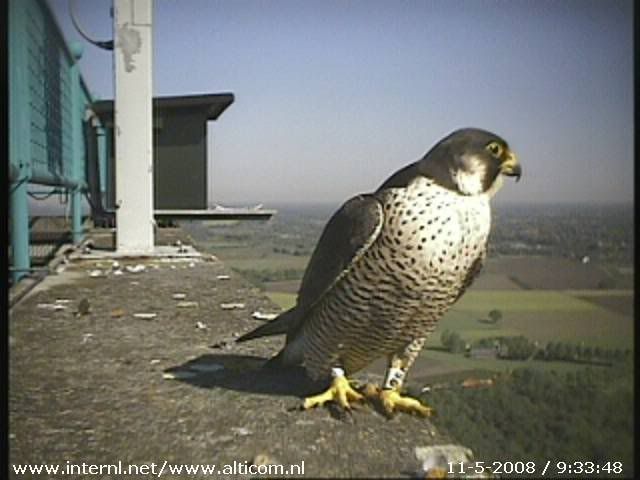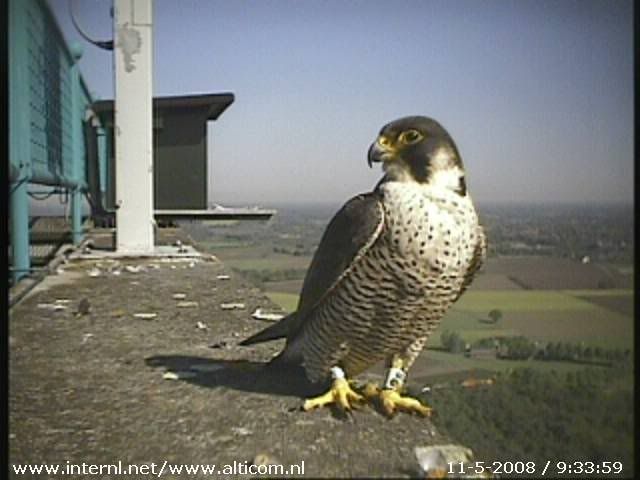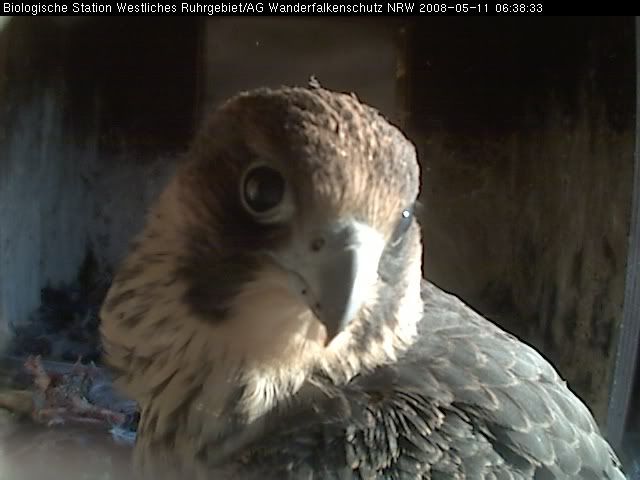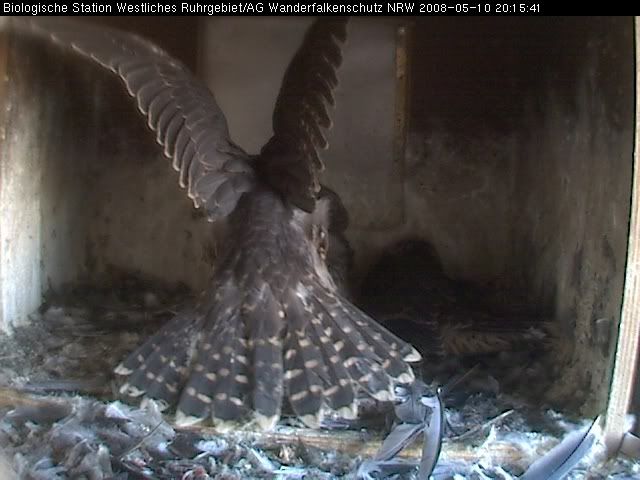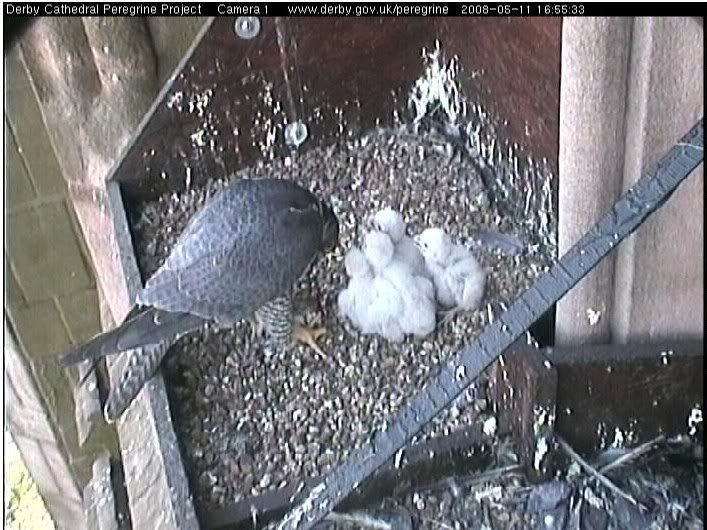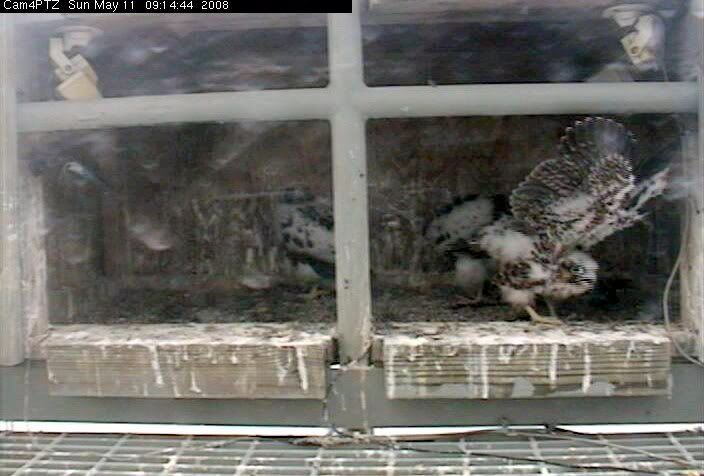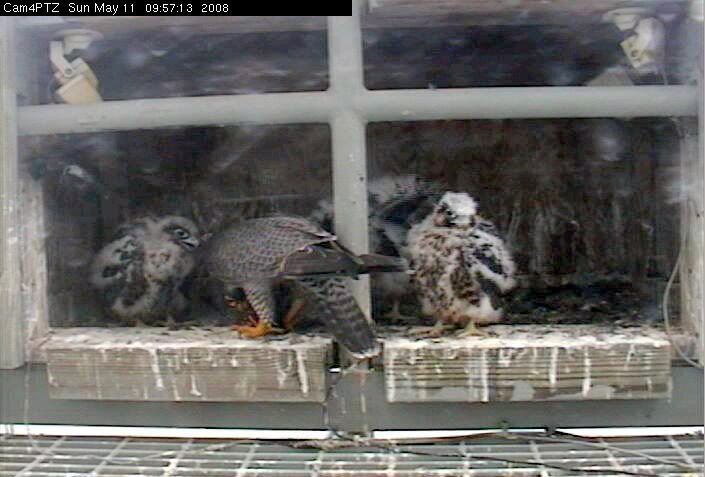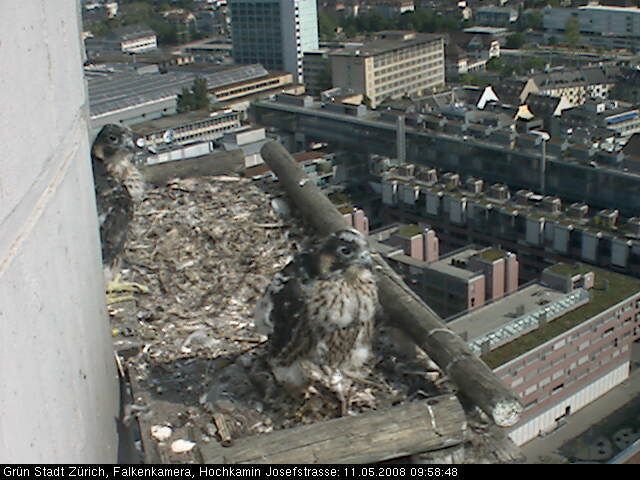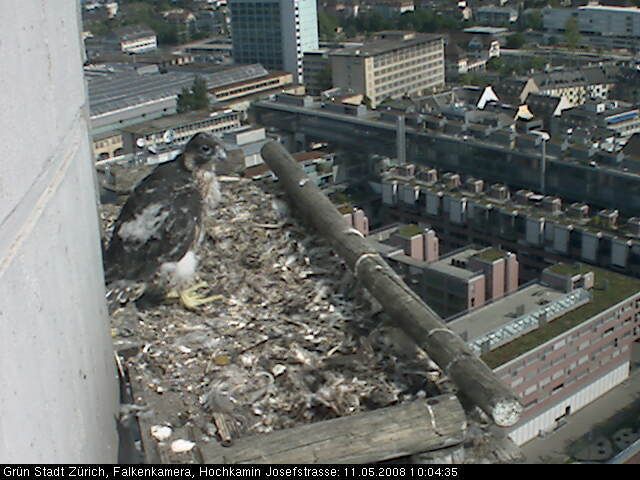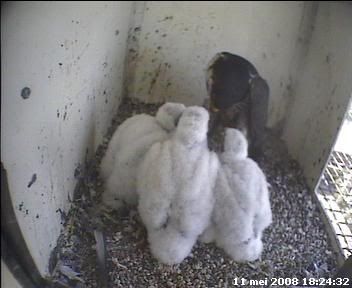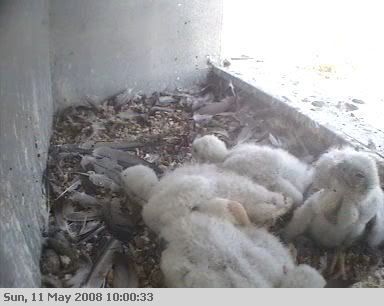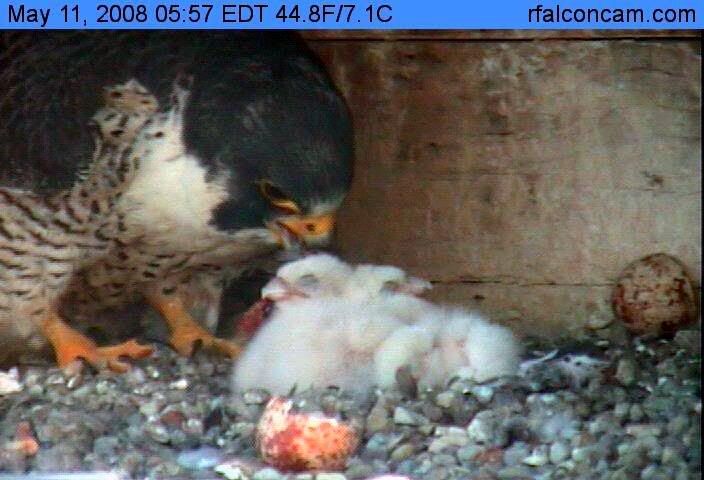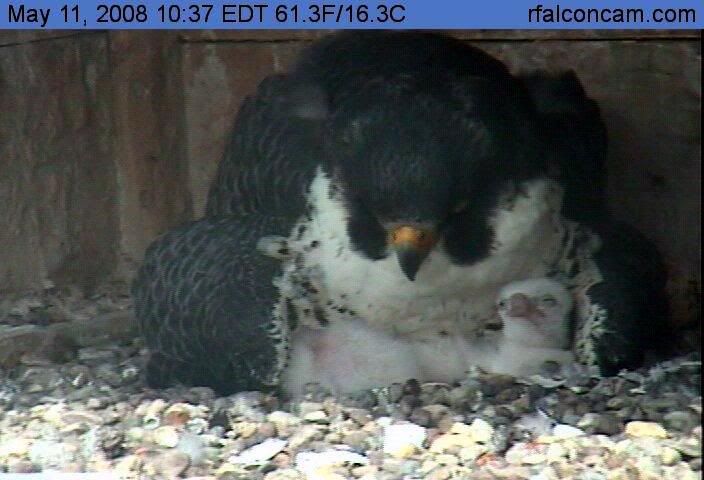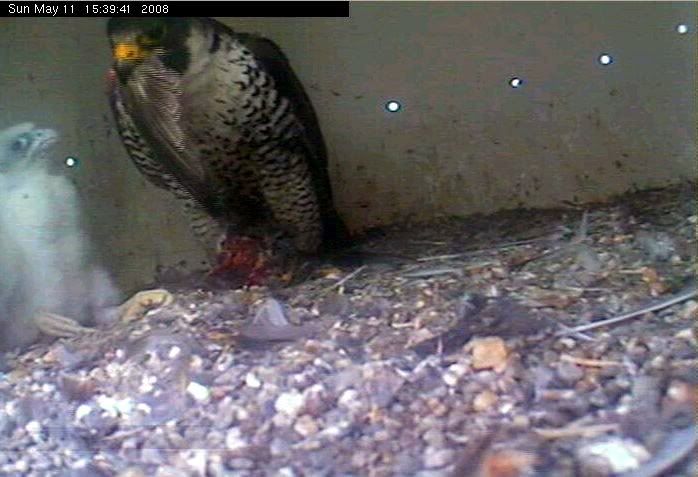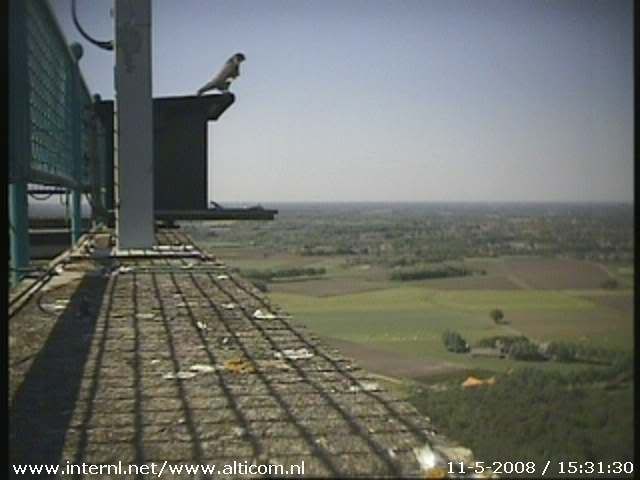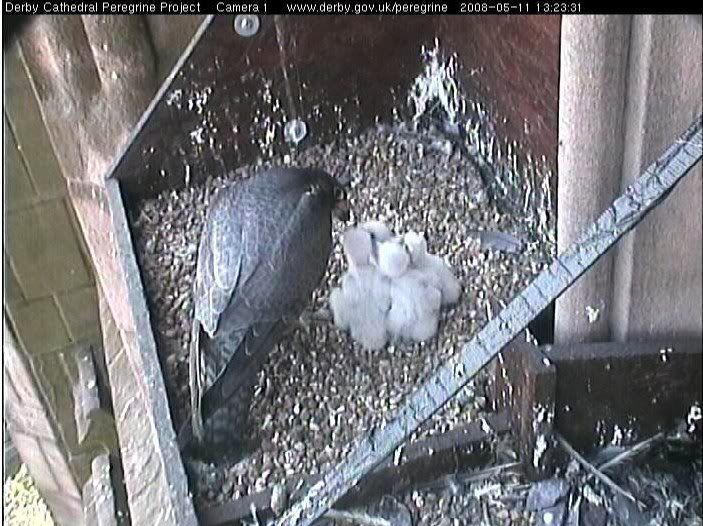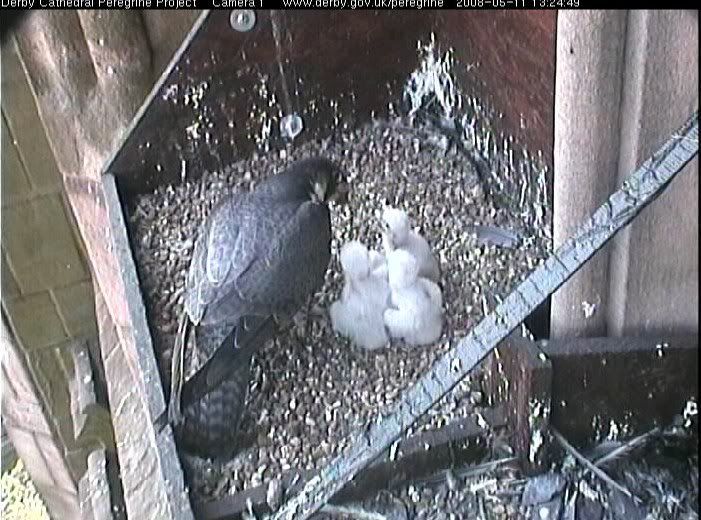Avian Immunity
Just like we have a very sophisticated system to fight of infections, birds have a similar immuunsystem. But there are however important differences.
The bird's immune system mainly consists of lymphatic vessels and lymphoid tissue. Primary tissues are the thymus, located in the neck , and the bursa of Fabricius, located in the cloacal cavity. Secondary lymphatic organs and tissues are the spleen, bone marrow, mural lymph nodules and lymph nodes. There is also, just like we have a lymphatic circulatorysystem of vessels and capillaries that transport lymph fluid through thebird's body and communicate with the blood supply.
The immune system defends against foreign cells. This may be in the form of an invading organism like a virus or bacteria, or an abnormal body cell.

There are three majortypes of response in a bird's immune system:
1. Specific consisting of the humoral en cell mediated respons
The humoral and cell mediated responses need a processed antigen to stimulate response. Their respons is to create a specific antibody for each particular antigen. The B (bursal produced) lymphocytes are associatedwith humoral response and the T (thymus produced) lymphocytes areassociated with the cell-mediated response.
2. Nonspecific
The nonspecific immune system responds to all antigens. Macrophages,heterophilsand thrombocytesare the main cells associated with the nonspecific immune system.
The first line of defense of the avian body is the physical blockade of the skin, cilia and mucous membranes. If these fail, the non-specific immune response comes on-line. Macrophages, heterophils, thrombocytes and Natural Killer(NK) cells converge on the invader, killing it or slowing it down until the components of the specific immune system can join the battle.
For the specific immunesystem to come on line, the invading antigen must be processed by an antigen presenting cell such as a macrophage, then appropriately presented to the B and T cells. Once the antigen is presented and in turn processed by the B and T cells, the antibody is produced that will mark it and bind it to be disposed of from the body by the spleen and liver. This encounter is also filed away in memory cells so response will be faster should this same antigen be confronted again.
Hatchlings
Birds are very different from mammals in the way their immune system develops and becomes diverse enough in order to fight off infections for the rest of their lives. This is provided by a unique organ to avians called the bursa of Fabricius and a process called gene conversion.
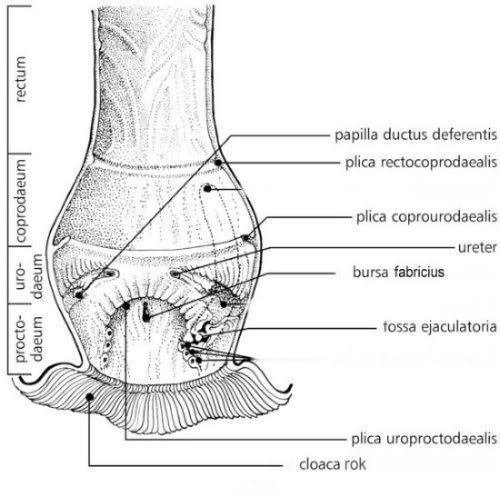
Hatchlings are born with an incomplete immune system. Maternal immunity is passed on in the amniotic fluid and yolk.. It is transferred to the embryo when it swallows amniotic fluid during hatch and absorps the left over yolk. This is transported into the digestive system. These antibodies give the hatched chick's immunity a start while it's own system is developing.
The bird's immunesystem begins developing before hatch and is complete by sexual maturity. One of the most important stages of this development happens in the first six weeks of the life of the eyas, when gene conversion is taking place inthe bursa.
Gene conversion
Gene conversion is the "education" of the B lymphocytes, cells that respond to a disease antigen by producing antibodies. These antibodies bind the antigen for removal from the blood by the spleen and liver.
However unlike mammals, when eyases are born they do not have a database of genetic information for the B cells to use in their production of antibodies. Birds have only one variable function gene encoded in the germlineDNA. If left this way, the B lymphocytes will not be able to produce the different antibodies needed to resist specific diseases. In the first six weeks of the bird's life, these B cells are going to be trained to able to do so in the bursa. They are rearranged there in order to provide the diversity needed to protect against the great variety of potential pathogens. These educated B cells leave the bursa to seed other organs of the immune system.
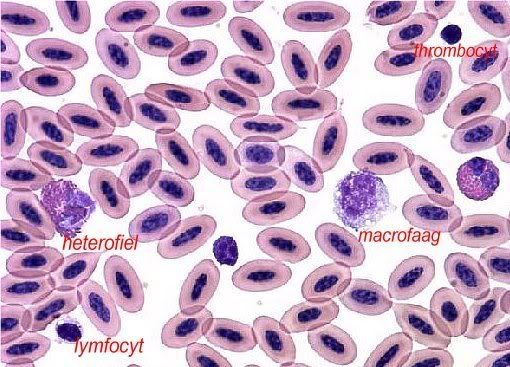
Although "school" is open in the bursa for six weeks, it is the first three that are considered the most critical. School closes down after six weeks and what diversity has been achieved by then is what the bird will have for its lifetime. The bursa continues to produce B cells until it involutes at sexual maturity. The blood marrow takes over the task of producing the B cells. The bursa does continue to play a role in the immune system through the life of the bird, though not as critical a one as it does in the beginning






